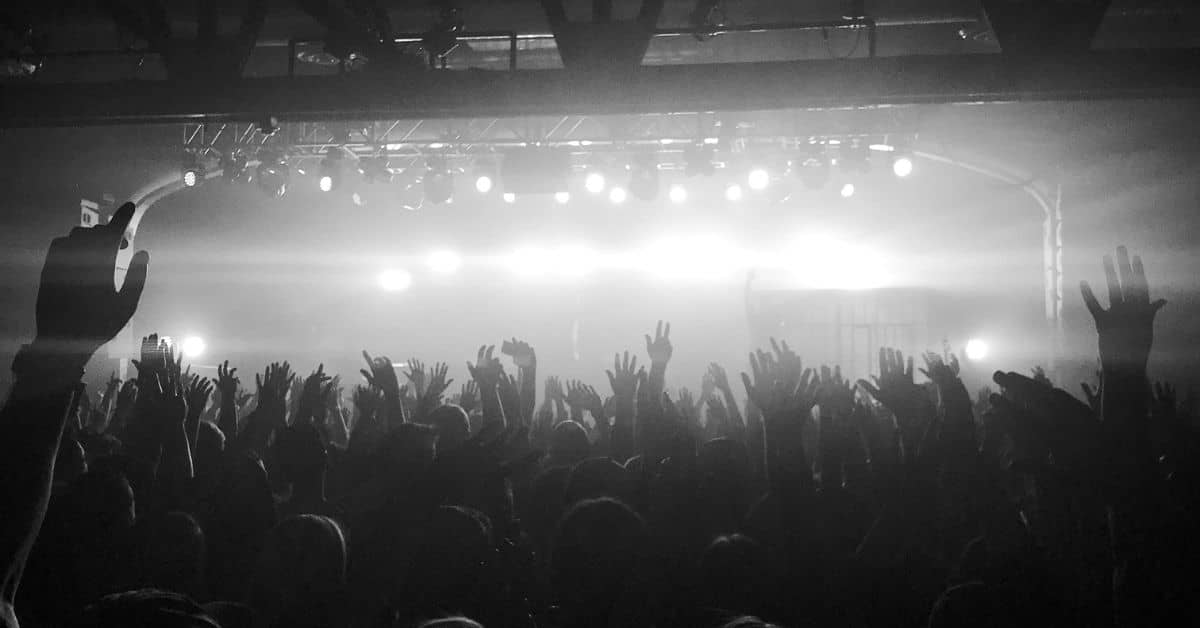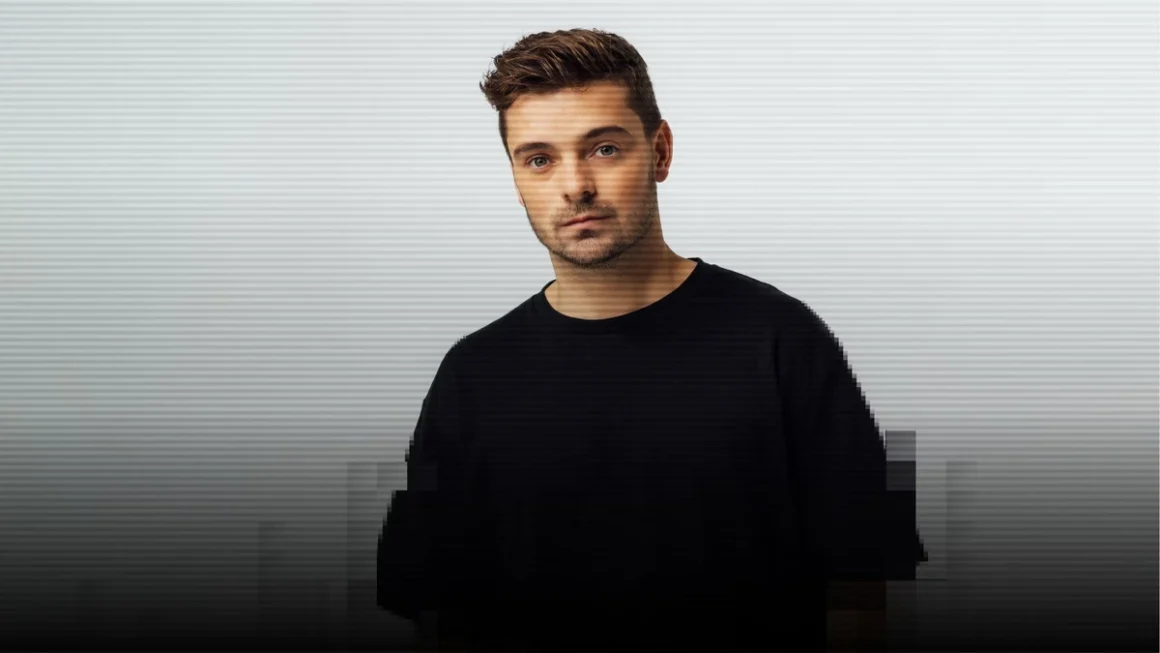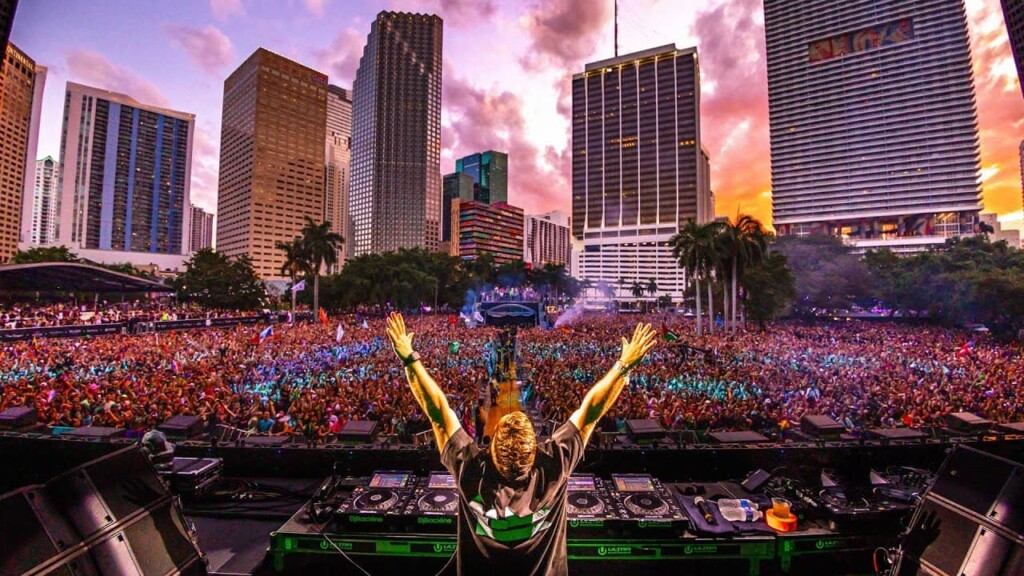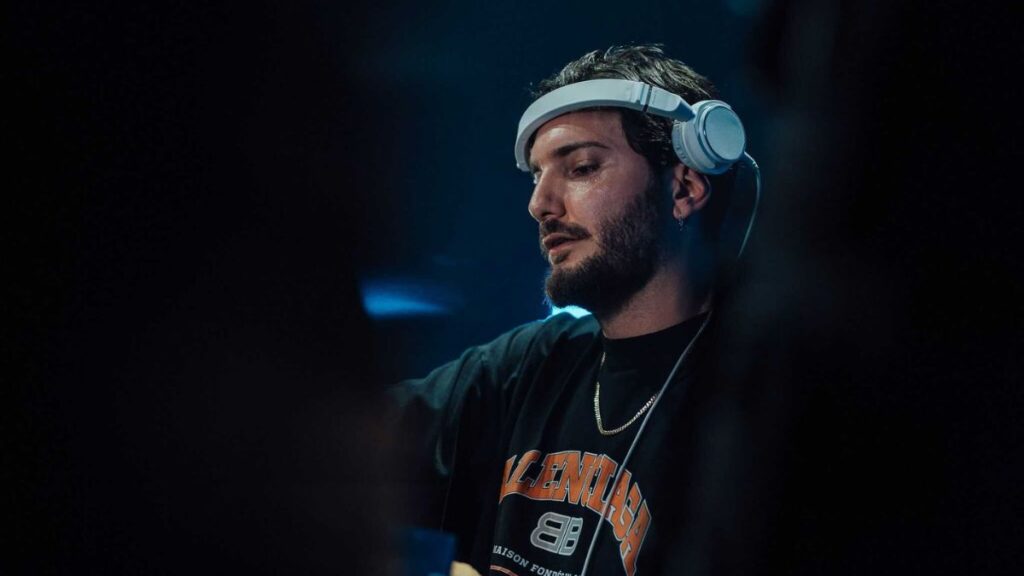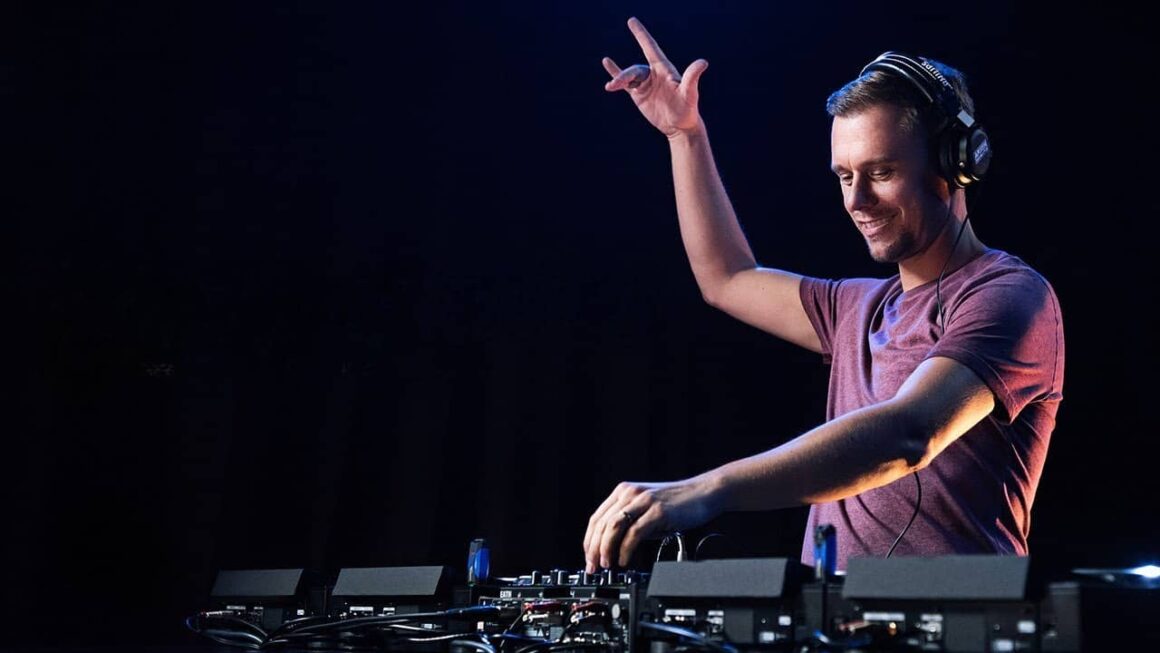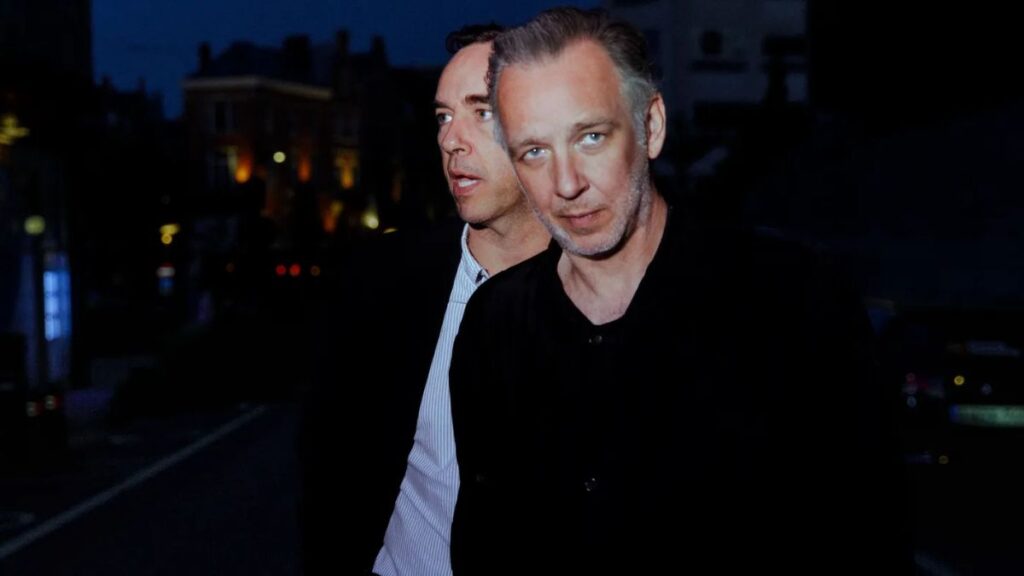Electronic Dance Music (EDM) has not only etched its name in the annals of music history but has also risen to unprecedented levels of global popularity. In this exploration, we unravel the journey of how EDM emerged from the underground and became a cultural phenomenon, captivating hearts worldwide.
Birth in the Underground
The Underground Scene
The roots of EDM can be traced back to the underground music scenes of the late 20th century. Emerging in the shadows of mainstream genres, EDM found its beginnings in clandestine raves and clubs where artists experimented with synthesizers, drum machines, and futuristic sounds. This underground movement laid the groundwork for what would later become a global sensation.
Pioneering Producers
Key figures in the early days of EDM, such as Kraftwerk, Giorgio Moroder, and Donna Summer, played pivotal roles in shaping the genre. Their experimental approach to electronic music set the stage for the evolution that would follow. As their beats resonated in the underground, a subculture began to form around the electrifying sounds of EDM.
The Rise of Rave Culture
Birth of Raves
The 1980s witnessed the birth of rave culture, a phenomenon that would propel EDM into the mainstream. Raves were characterized by large, energetic dance parties featuring electronic beats and a sense of euphoria. Iconic venues like the Hacienda in Manchester and the Paradise Garage in New York City became incubators for the evolving EDM sound.
DJ Legends
The emergence of legendary DJs like Larry Levan and Frankie Knuckles solidified the role of DJs as curators of the EDM experience. Their ability to read the crowd, mix tracks seamlessly, and create an immersive sonic journey became integral to the rise of EDM as a live performance art.
Technological Revolution
Studio Innovation
One of the driving forces behind EDM’s popularity is its continuous innovation in music production. With the advent of advanced synthesizers, digital audio workstations, and software, EDM artists could craft intricate, futuristic soundscapes that pushed the boundaries of conventional music. This commitment to technological evolution kept EDM at the forefront of musical experimentation.
Global Connectivity
The internet and digital platforms played a crucial role in connecting EDM artists with a global audience. As tracks became easily accessible through online platforms and social media, the genre’s reach expanded exponentially. The ability for fans to share, discover, and connect with artists fostered a sense of community that transcended geographical boundaries.
Festival Culture and Mainstream Integration
Festival Spectacles
The evolution of EDM festivals into massive spectacles contributed significantly to its popularity. Events like Tomorrowland, Ultra Music Festival, and Electric Daisy Carnival (EDC) became pilgrimage sites for EDM enthusiasts, offering not only music but immersive experiences with state-of-the-art production, light shows, and pyrotechnics.
Mainstream Crossover
EDM’s crossover into mainstream culture was marked by chart-topping hits from artists like Tiësto, David Guetta, and Avicii. Collaborations with pop, hip-hop, and rock artists brought EDM into the mainstream spotlight, making it a staple on radio airwaves and in popular culture.
Cultural Impact and Unity
Global Movement
EDM’s popularity is not merely confined to music; it has evolved into a global cultural movement. The genre’s ethos of inclusivity, unity, and celebration has resonated with people from diverse backgrounds. Festivals and events became melting pots, where differences were set aside in the name of a shared love for electronic beats.
Social Media Amplification
The rise of social media platforms amplified the global impact of EDM. Fans could connect, share experiences, and form communities online, further solidifying the genre’s place in contemporary culture. The hashtag #EDM became a symbol of this connected global community.
Conclusion
In conclusion, the popularity of Electronic Dance Music (EDM) can be attributed to a convergence of factors – from its humble origins in the underground to the technological innovations that shaped its sound. The rise of rave culture, integration into mainstream music, and the global cultural movement surrounding EDM have all contributed to its meteoric ascent. As EDM continues to evolve, its captivating beats and unifying spirit ensure that its popularity remains an enduring force in the world of music.
